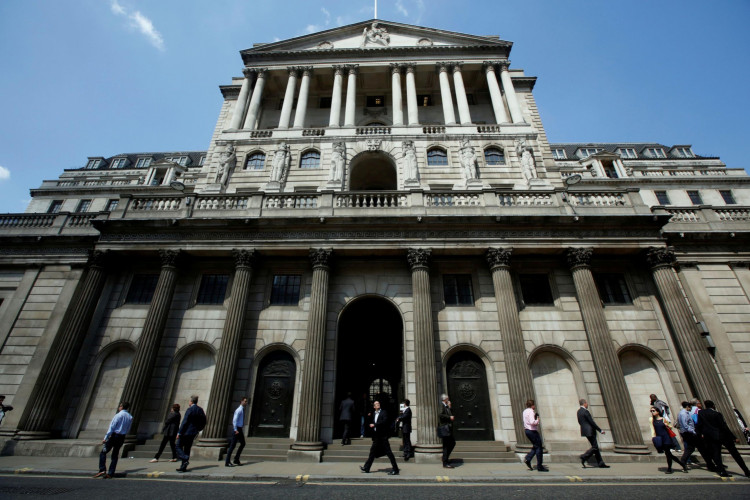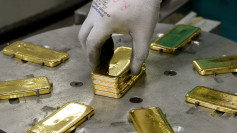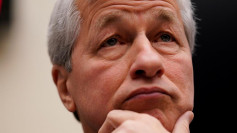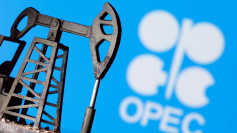The British Sterling rallied versus the US currency and bounced back from an initial slide against the euro Wednesday after the Bank of England cut interest rates in a critical response to the coronavirus pandemic.
The United Kingdom pound held on to its earlier gains after the British authorities rolled out a 30 billion pound ($39 billion) economic stimulus package, moments after the Bank of England's rate cut.
The U.S. dollar continued with its drop against the Japanese currency and Swiss franc, as growing paranoia over the pandemic forced capitalists to rush to safe-haven assets.
Around the globe, central banks are scrambling to contain the economic impact caused by the virus, which has sent financial markets into a free-fall as traders sought for immediate government intervention.
The BOE's decision slashed half a percentage point off benchmark loan rates and pulled it back to a record drop of 0.25 percent. It was the central bank's first surprise rate reduction since the world financial turmoil in 2008.
Many British investors were still tinkering on their workstations when the disclosure was handed out, and the sterling remained volatile as outgoing BOE Governor Mark Carney and his successor Andrew Bailey laid out what they describe as a "large package" from the bank.
While a series of acquisitions sent the sterling rising as much 0.8 percent to $1.2962 on the US dollar in early sessions, the pace ebbed by the spending announcement that left the UK currency up just around 0.5 percent at $1.2927 as interest rate cuts were bigger than first thought.
Investors also became frustrated after no big announcements were made by US President Donald Trump on stimulus initiatives. Expectations that the President would announce a big stimulus package on Tuesday had raised the risk appetite and prompted investors to temporarily veer off from safe-haven assets.
The US top lender and the Bank of Canada both trimmed down their rates last week though the BOC's move was for a planned meeting. The European Central Bank is seen to initiate action on Thursday.
According to analysts, there was no immediate reason for this shock to turn into the events of 2008 if market players handle it well, referring to the financial crisis.
The pound's stability dovetailed with a 5-point climb in benchmark 10-year yields, which are a broad proxy for British government loan costs. Against the Euro currency, the sterling's performance was more unimpressive, with the currency pair trading steady about 87.42 pence.





